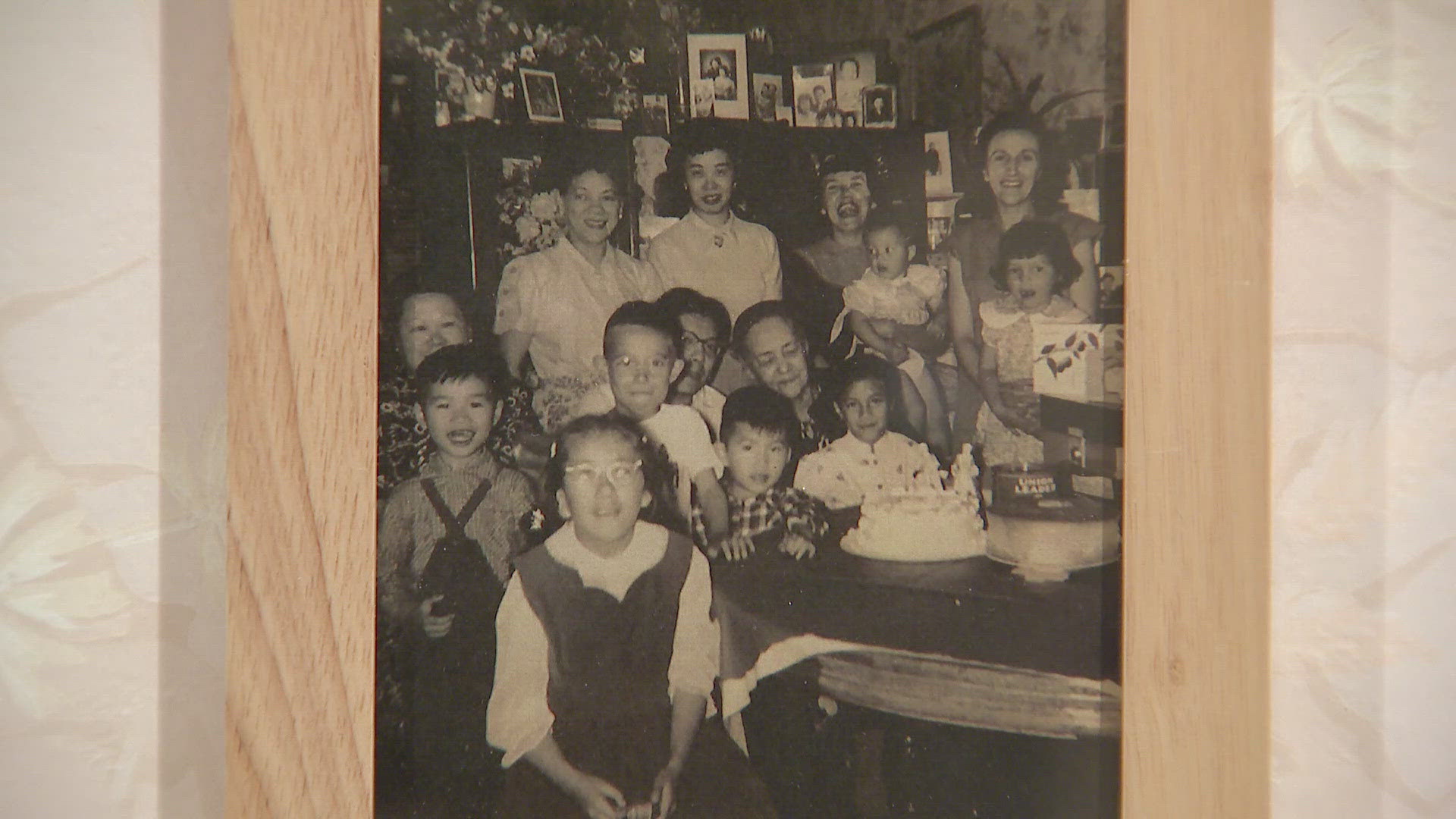DENVER — On this day in 1880, the Anti-Chinese Riot broke out in Denver.
According to History Colorado, the riot was a culmination of racism and ignorance that ended with the death of 28-year-old Look Young, who had been in Colorado for only six months at the time.
The riot started about 2 p.m. Oct. 31, when drunk white men began to accost Chinese men who were playing pool at a saloon. The fighting spilled out into the street, leading to around 5,000 people descending on Chinatown, destroying buildings and attacking people.
Young was beaten and killed after stumbling into the riot.
Young's story and many others are now on display at History Colorado in an exhibit called, 'Where is Denver's Chinatown?'

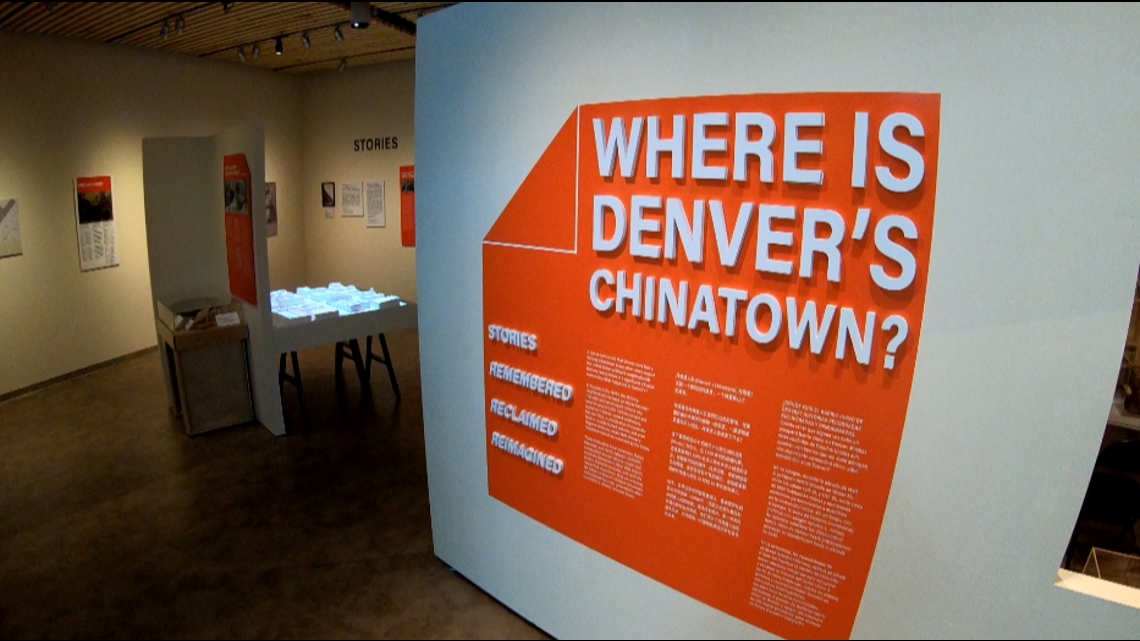
"It's about saying that this is part of Colorado's history, that this is part of Denver's history that people don't know about," said Josie Chang, school programs manager at History Colorado. "To be able to say our stories are here too, we also belong here, that's a big part of it for me."
She said Chinese immigrants began moving to Colorado in the 1870s, encouraged by local politicians to work railroad and mining jobs. Soon, racist tropes turned into violence toward Chinese workers. But, she said, the Anti-Chinese Riot isn't what pushed Chinese people out of the area.
"Even though there's this very racist, terrible moment in our history here in Denver, we do see that people are still like, this is the place to be," Chang said.
Chang helped create the exhibit. She said she worked with descendants of the families who lived in Denver's Chinatown, collecting their stories for the displays.
"We have contributed and been a part of the community," said Heather Lung Clifton. "[I] want that history to be preserved and people to know that and to remember the contributions that the Chinese people have made to Colorado."
Lung Clifton was a small child when she visited her "tai tai" or great-grandmother, in Chinatown. They lived at 20th and Market streets. The building there still stands and is now a restaurant.

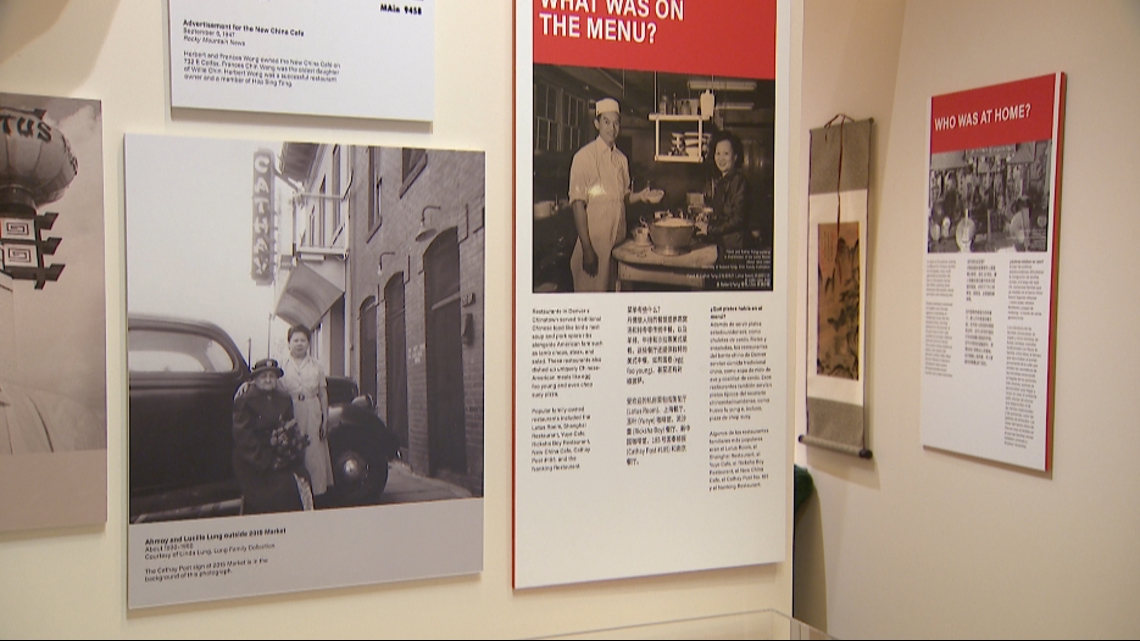
Lung Clifton said her family endured discrimination but was still industrious and motivated to make a good life for their children.
"That was kind of the culture that we grew up in," she said. "You don't make waves. Don't get in trouble. Don't call attention to yourself,"
Some of the Lung family's heirlooms are on display in the exhibit. Lung Clifton recalled how her parents met while working at the restaurant Skylark Lounge on Broadway, when it used to serve Chinese food. She said her parents had to drive to Kansas to get married because it was illegal in Colorado at the time.

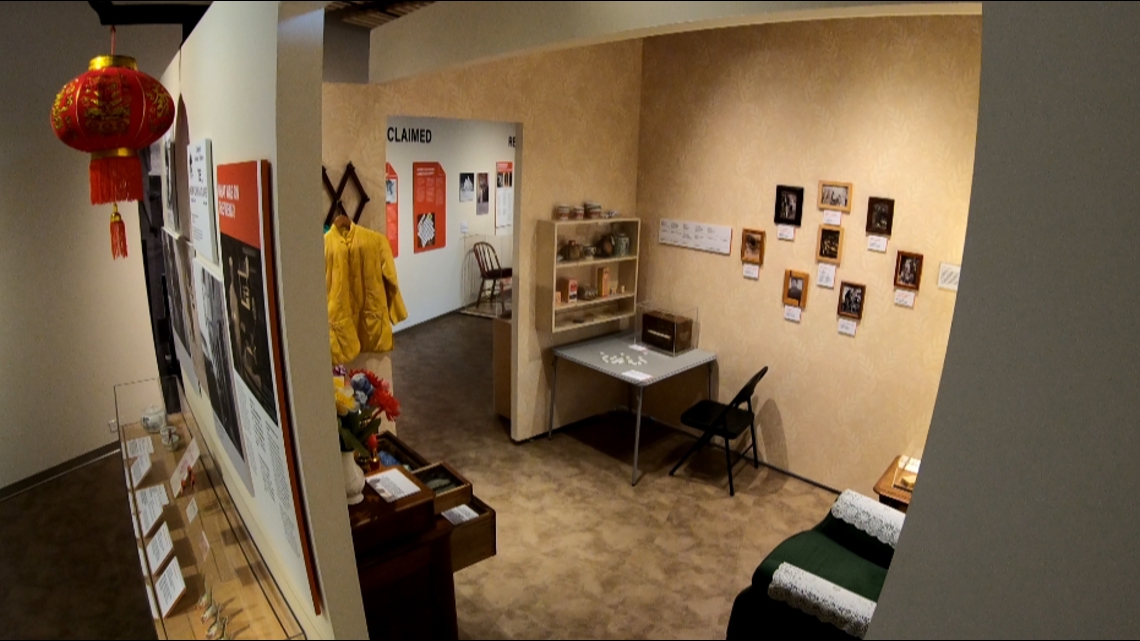
"At nights, she worked in a restaurant," Lung Clifton said. "That's where she met my dad. Before that, she had never seen a Chinese person, let alone worked with one. It just happened that my mom and dad fell in love with each other when they were working together in this restaurant."
At its peak, Denver's Chinatown had a population of about 1,000 people in the 1890s, according to Chang. She said it wasn't until decades later, when Asian Americans really started to be pushed out of the area, after the Anti-Chinese Riot and Chinese Exclusion Act.
"It is in the 1940s where Denver really sustains a, 'We're going to turn this area into downtown and really starts to push people out for good,' and starts to really go in and demolish buildings," she said.
Chang said despite the hostility and ignorance that Chinese people dealt with for decades, families still had the determination to flourish and celebrate their culture.

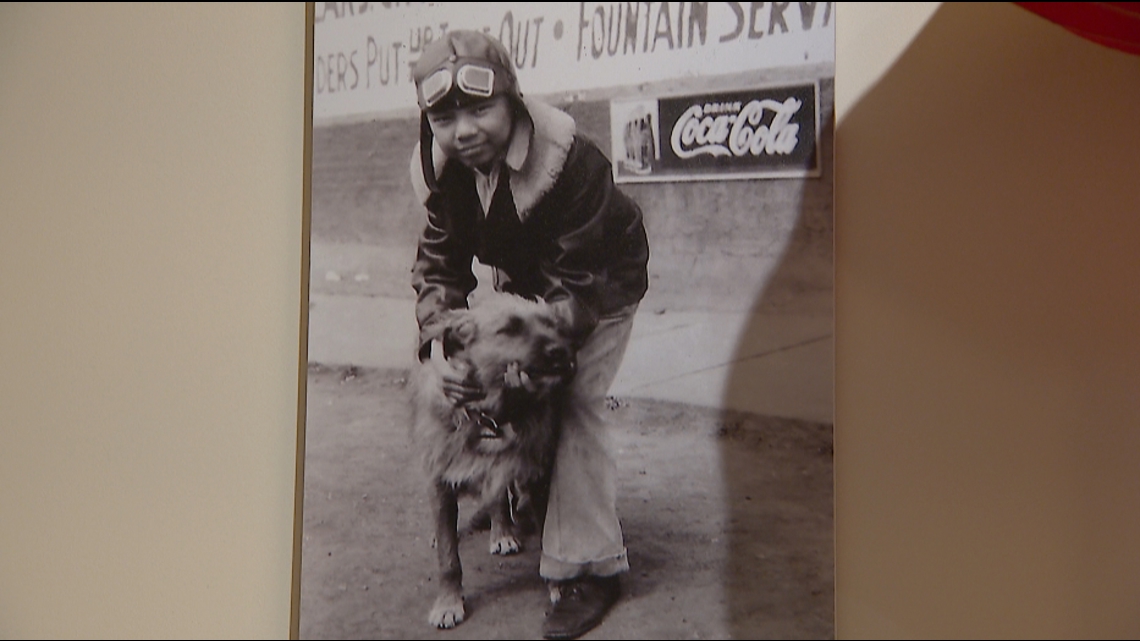
"We're really showing this is also people's lives, right? That it is marred by this act of violence towards the community that was really destructive," she said. "But, it is also a place where people had families, ultimately."
The exhibit also features Denver's Chinatown "re-imagined" or what people envision the area could become. It features student models from the CU Denver College of Architecture and Planning.
"Where is Denver's Chinatown?" is open at History Colorado and will be on display through Aug. 9, 2025.

